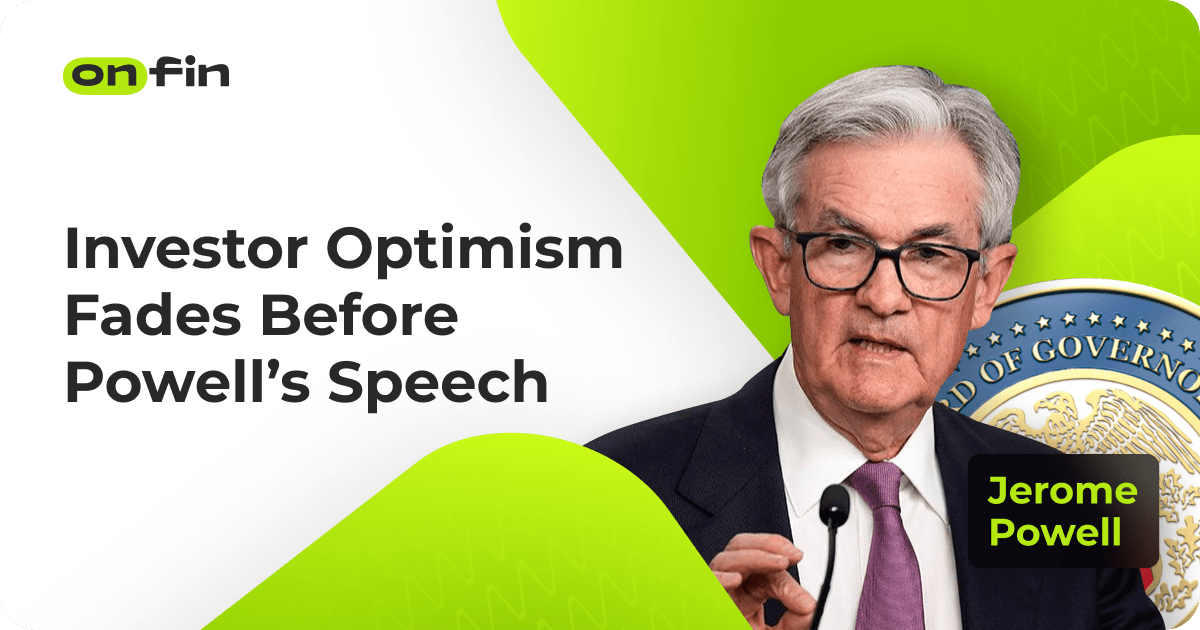On Wednesday, U.S. and European stock markets showed signs of stabilization after a strong rally earlier in the week, which had been triggered by a temporary truce in the U.S.-China trade dispute and softer-than-expected inflation data. The major American equity indices closed mixed, reflecting investor caution as attention shifted to forthcoming remarks from the Federal Reserve leadership. According to Bloomberg, markets responded cautiously amid uncertainty around the next phase of trade negotiations and monetary policy.
The Dow Jones Industrial Average edged slightly higher by 0.2%, while the S&P 500 closed nearly flat, shedding just 0.1%. The Nasdaq Composite dipped by 0.3%, breaking a two-day winning streak. Investors reassessed their positions as President Donald Trump continued his diplomatic tour of Gulf nations, sparking further speculation about potential energy cooperation and trade deals in the region.
In Europe, the mood was more subdued. The pan-European STOXX Europe 600 index fell by 0.6%, snapping a four-day winning streak. Germany’s DAX declined by 0.5%, while France’s CAC 40 lost 0.4%. The UK’s FTSE 100 was down 0.7%, as profit-taking emerged following recent gains. Analysts noted that concerns over the sustainability of the trade truce and global inflation dynamics weighed on sentiment across European markets.
Meanwhile, Asian stock markets remained relatively upbeat. Japan’s Nikkei 225 closed up 1.1%, and South Korea’s KOSPI rose by 0.8%. China’s Shanghai Composite Index added 0.6%, buoyed by hopes that U.S.-China dialogue could lead to longer-term tariff reductions. Market activity was supported by technology and export-focused shares.
On the economic front, U.S. inflation data published on Tuesday showed that consumer prices in April rose at a moderate pace. The Consumer Price Index (CPI) increased by 0.2% month-over-month, matching analysts’ expectations. Year-over-year inflation stood at 3.3%, still above the Federal Reserve’s 2% target, but significantly lower than peak levels seen in 2023.
Federal Reserve Vice Chair Philip Jefferson acknowledged the recent improvement in inflation but cautioned that the outlook remains uncertain. He emphasized the need for a sustained trend toward the 2% goal before any decisions are made on interest rate cuts. Chicago Fed President Austan Goolsbee added that the latest figures might not yet fully reflect the impact of new U.S. tariff measures, which are still being evaluated by central bank analysts.
Investor focus has now turned to Federal Reserve Chair Jerome Powell, who is scheduled to speak on Thursday. Powell’s remarks are expected to provide important clues about the Fed’s future interest rate path and how the central bank views recent economic and geopolitical developments.
Bond markets were largely steady ahead of Powell’s speech. The yield on the 10-year U.S. Treasury note hovered around 4.15%. In Europe, German bund yields declined slightly to 2.36%. Currency markets showed little movement, with the U.S. dollar index holding around 104.3. The euro traded near $1.088, while the British pound remained at $1.26.
Commodities markets experienced moderate activity. Gold prices edged down 0.3% to $3,071 per ounce after a recent rally. Oil prices were mixed: Brent crude traded at $81.10 per barrel, while West Texas Intermediate (WTI) remained near $77.50.
As the week progresses, traders will continue monitoring geopolitical developments, inflation trends, and corporate earnings, all of which are likely to influence market sentiment. The next major market mover will likely be Powell’s speech, with investors closely parsing his tone for signs of future Fed policy decisions.







